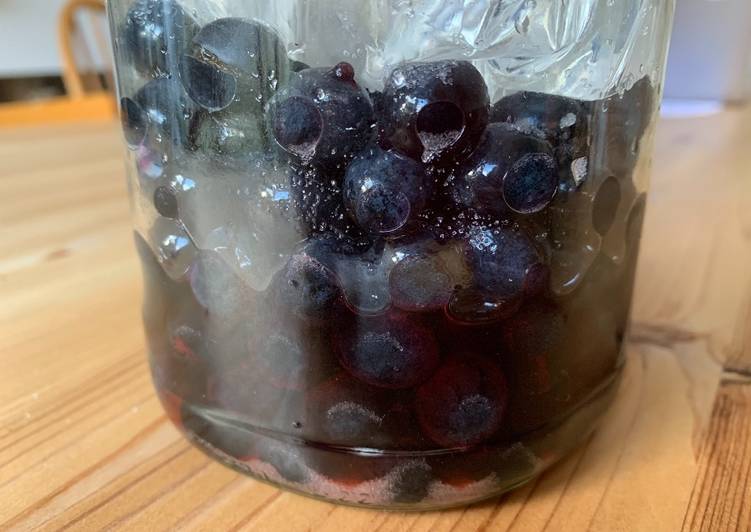
Hey everyone, it’s me again, Dan, welcome to my recipe site. Today, I’m gonna show you how to prepare a special dish, sloe-boshi (a sacreligious seasonal version of umeboshi). One of my favorites food recipes. For mine, I will make it a little bit unique. This is gonna smell and look delicious.
Sloe-boshi (a sacreligious seasonal version of umeboshi) is one of the most popular of recent trending meals on earth. It’s enjoyed by millions daily. It’s simple, it is fast, it tastes delicious. They’re nice and they look fantastic. Sloe-boshi (a sacreligious seasonal version of umeboshi) is something that I’ve loved my entire life.
Umeboshi, Japanese salted plums, are a delicacy often enjoyed with rice. I gained immeasurable self-confidence through making umeboshi myself. After my mother-in-law died, my husband tried to deal with the ume from our trees, but since he is busy, his method was to store the salted ume in. _My mother came for a visit this week, bringing along a pot of her homemade umeboshi.
To get started with this particular recipe, we must first prepare a few components. You can cook sloe-boshi (a sacreligious seasonal version of umeboshi) using 2 ingredients and 5 steps. Here is how you can achieve that.
The ingredients needed to make Sloe-boshi (a sacreligious seasonal version of umeboshi):
- Make ready sloes
- Take salt
Explore the Boshi collection - the favourite images chosen by Eduardo-A-Amazonas on DeviantArt. Umeboshi are pickled (brined) ume fruits common in Japan. The word umeboshi is often translated into English as 'salted Japanese plums', 'Japanese plums' or 'preserved plums'. I play this with a tune of similar character called "The Bugle Horn" Like "the Sloe" it is not ITM but they are very good barn-dance tunes.
Instructions to make Sloe-boshi (a sacreligious seasonal version of umeboshi):
- Gather up your ingredients. You'll need 10% of the weight of your sloes in salt. You'll also need a jar to ferment them in, and a sandwich bag to act as a weight.
- Rinse your sloes
- Mix the sloes and salt
- Pack them into the jar, then add the sandwich bag on top. Fill it a bit with water to act as a weight.
- Now wait. Over the next few days, the liquid will start to leach out of the sloes and mix with the salt to create a brine, which will cover the tops of the sloes. The sloes will ferment in the brine, and after 10 days should be done. Give one a try. Once they're done, drain of the liquid (keep it), and dehydrate the sloes. I'll add steps once I have got this far!
Back to the above U-Tube link to the playing of "The Sloe Gin" set by Spiers & Boden. Their take on this tune, "The Sloe / Slave", taking the transcription given here, is. Highly salted pickled plums, or umeboshi, have been a beloved part of the Japanese diet for centuries, prized for their preservative qualities and health However, proponents are fighting back, arguing that the combination of health benefits and unique flavor make the humble umeboshi the ideal superfood. Ive looked at a bunch of different places which discuss SLOEs but never have been able to get a clear answer for this: How many SLOEs are required? We went back to teach a cooking class at Plant to Plate in Richmond last week‼️ The students learned how to make miso soup from scratch and temari sushi (aka "casual sushi").
So that is going to wrap this up with this special food sloe-boshi (a sacreligious seasonal version of umeboshi) recipe. Thanks so much for reading. I am confident you can make this at home. There’s gonna be interesting food at home recipes coming up. Remember to bookmark this page in your browser, and share it to your loved ones, colleague and friends. Thank you for reading. Go on get cooking!

